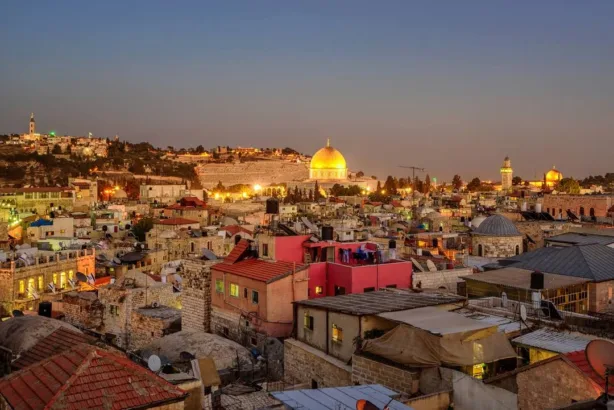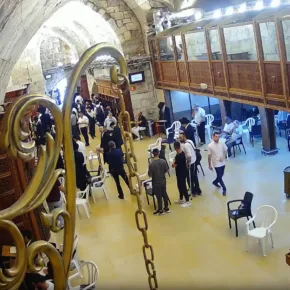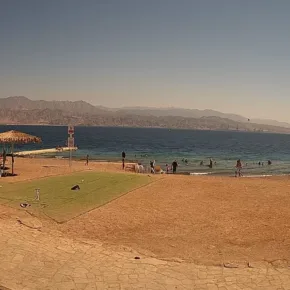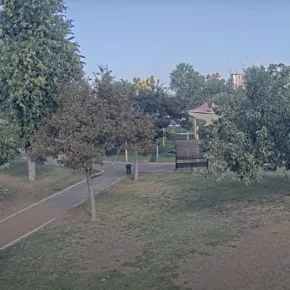The Old City of Jerusalem encompasses a walled area measuring 0.9 square kilometers in East Jerusalem.
Presently, this ancient area is divided into four distinct quarters, a tradition that may trace its origins back to an 1840s British map of the city. These quarters are the Muslim Quarter, the Christian Quarter, the Armenian Quarter, and the Jewish Quarter.
Additionally, a fifth significant area, the Temple Mount, referred to as Al-Aqsa or Haram al-Sharif in the Muslim tradition, is host to revered sites such as the Dome of the Rock and the Al-Aqsa Mosque. Historically, it was also the location of the Jewish Temple.
The construction of the current walls and city gates of the Old City took place during the period from 1535 to 1542, orchestrated by the Ottoman Empire under the rule of Suleiman the Magnificent. This ancient enclave holds immense religious significance for the three major Abrahamic religions. Judaism regards the Temple Mount and the Western Wall as paramount; Christianity holds the Church of the Holy Sepulchre in high esteem, and Islam venerates the Dome of the Rock and al-Aqsa Mosque.
Recognizing its cultural and historical importance, the Old City, inclusive of its walls, was inscribed on UNESCO’s World Heritage Site list in 1981.






